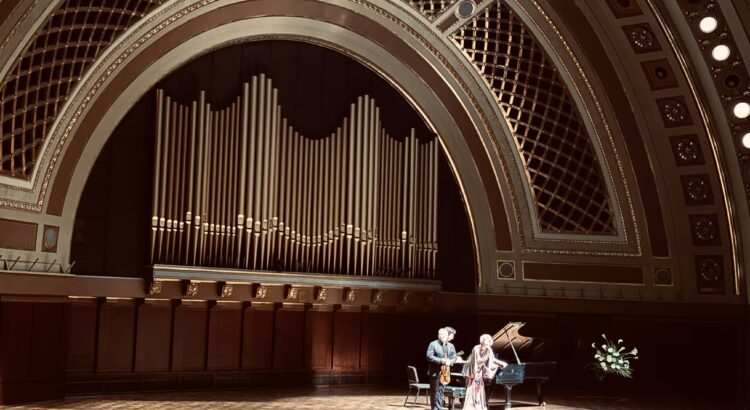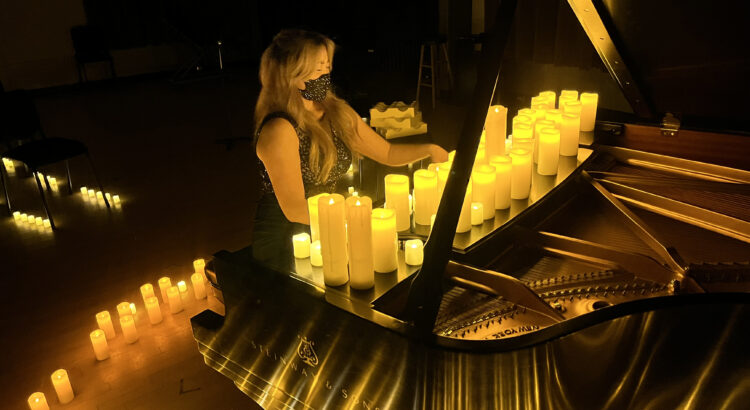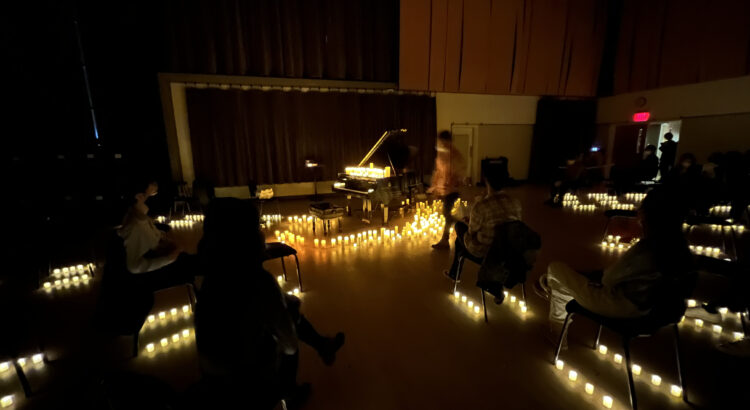Sunday, November 26th, violinist Maxim Vengerov and pianist Polina Osetinskaya graced Hill Auditorium. It was a full house with a diverse audience, as both of them are world-renowned musicians in high demand. Maxim Vengerov is a Grammy award winner who began his career as a solo violinist when he was just five years old, also the age Polina Osetinskaya began her piano career. With repertoire from four different composers, the music expressed all kinds of emotion, a fitting ambiance for Sunday being the first day of snow and the last day of break.
They opened with Clara Schumann’s Three Romances for Violin and Piano, Op. 22, a bittersweet melody that the piano weaved together and the violin brought to life with a strong vibrato on every note. Vengerov and Osetinskaya balanced each other well by taking turns crescendoing or decrescendoing, neither ever overwhelming the other: it was literally the dynamic of a tug-of-war in love.
The next few pieces, in contrast, were striking and sprightful. Whenever there was pizzicato, a technique where the player strums the strings with their fingers, Vengerov would use his whole arm with flare. With every musical line, he played with a full bow that led to a few passionately broken bow hairs. In general, I was enamored by the skill he handles his bow. A lot of the pieces have spiccato, which is a technique where the bow bounces off of the string, and Vengerov transitions seamlessly between the spiccato and legato. The piano creates a similar dialogue by interchanging staccato (a technique of playing notes short but is fundamentally different from spiccato) and legato too.
Since it was only the two playing, the usually cramped stage looked bizarrely empty. People often talk about stage presence when it comes to dancers and singers, but this pair’s stage presence was enough to fill up the whole space. It’s always exciting whenever famous musicians come to town, and this was my second time seeing Vengerov at Hill Auditorium.
This was their concert program:
Clara Schumann
Three Romances for Violin and Piano, Op. 22
Johannes Brahms
F-A-E Sonata (Scherzo excerpt)
Robert Schumann
Violin Sonata No. 3 in a minor, WoO27
Sergei Prokofiev
Five Melodies for Violin and Piano, Op. 35bis
Violin Sonata No. 2 in D Major, Op. 94bis
In addition, they included three encore pieces.
It was a wonderful show and definitely something I recommend classical music lovers attend!








